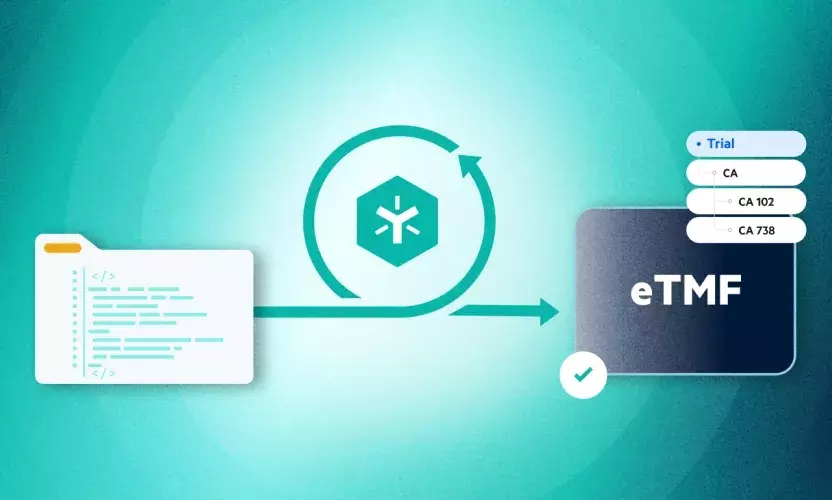
What Biotechs Need To Do To Get SOP Management Right
In the fast-paced and highly regulated world of biotech, Standard Operating Procedures (SOPs) play a critical role in ensuring compliance, consistency, and efficiency in day-to-day operations. SOP management is essential for the success of agile biotechs, medical devices, and contract research organizations (CROs). By effectively managing SOPs, these companies can streamline processes, improve collaboration, and maintain compliance with industry standards.
Importance of SOPs for Emerging Life Sciences Companies
What did you do, how did you do it, and how did you know that was how to do it? These are three questions every auditor and inspector will ask. SOPSs are central to any answer to these questions. They provide instructions that can assert a set of criteria that must be met when performing specific tasks, identify who is to perform the task, define the order in which to perform certain tasks, and more. Good SOPs are designed to make a process effective by ensuring a consistent outcome that meets regulatory and corporate-level requirements. Although SOPs drive consistency, they are not meant to be static instructions that are immutable to changes. In fact, any good quality management framework will design change into its processes, including managing SOPs. Understanding what and when it will change and providing visibility to the process is almost as important as the SOP, but it can be challenging.
Challenges in SOP Management
Understanding the benefits of SOPs is easy for most organizations in the life sciences industry; however, many organizations face an uphill battle in selecting the right governance tools and processes that simplify this process. From how to provide access to those who need to use the SOPs to managing changes, SOP management can be a daunting task without the right tools. Many tools do not support the full end-to-end process from draft to approval, leading to content sprawl across multiple systems, such as those that store working and approved copies and visualize the effective copy to the entire organization. Life Sciences companies must address these challenges to ensure effective and smooth business operations, but they are not the only ones.
Common Challenges in SOP Management Includes:
- Enabling centralized content for anywhere, everywhere access.
- Controlling visibility without limiting transparency where it is needed.
- Facilitating collaboration within the content location.
- Assuring proof of SOP process controls to auditors and inspectors.
- Tracing document history and versioning.
- Managing change across inter-related documents.
- Accessing and understanding an Audit Trail.
Many electronic Quality Management Systems (eQMS) were created decades ago, modeled after paper-based processes. As a result, companies often use these systems to record the steps in an SOP management process, but much of the work involved in drafting, editing, and reviewing procedures is still done outside the eQMS. This can lead to unorganized content, versioning issues, and even lost work, causing inefficiencies and frustration. However, with tools that allow for end-to-end management of SOPs, including co-editing and automated version control, the need to work in multiple systems is eliminated, and files are centralized with full lifecycle tracking.
The process of drafting, editing, and reviewing SOPs is typically done outside the eQMS. As a result, the eQMS captures limited information about changes made to the document and the people involved in authoring and reviewing it. This makes it difficult to trace and reconstruct decisions fully. Additionally, the eQMS does not provide good visibility into the document's editing and review progress. This forces SOP revision teams to maintain separate trackers or schedule repeated meetings to discuss progress, next steps, and due dates.
Another issue with many eQMS systems is the lack of traceability between different documents. For example, a form identified in an SOP may not be linked to the SOP in the eQMS. This leads to the need for additional tables and trackers to make the different associations. This can result in a common misstep in SOP management - implementing a change in one document without updating the other related documents to reflect the change. By utilizing metadata, the relationship between documents can be captured for each document, establishing an enduring cross-reference. This helps ensure that its connection to other related documents is readily available no matter where the document goes. Tools that support every step in the SOP management process can provide full visibility into the document's status and the ability to assign tasks with due dates that remind their owners of deadlines and enable contributors and reviewers to focus on the effort rather than go to meetings.
Conclusion
As an Egnyte user, you have the advantage of full visibility of your metadata in a centralized system, making it easy to identify relationships and search for information quickly. Egnyte's metadata application is user-friendly, and the information is readily accessible and searchable. With Egnyte, obsoleting or changing your controlled documents becomes a breeze, ensuring you don't miss anything.
If your eQMS meets your needs today, the question is, will it meet your needs tomorrow as your company grows? One of the reasons many organizations get locked into a particular eQMS is that the audit log is not exportable. At Egnyte, we understand that, and that's why our audit log is exportable, enabling you to migrate to a new system without losing any historical data. Moreover, our eQMS tools are exceptional at tracking SOPs and related controlled documents, and we offer inherent training linked to those documents, eliminating the need for a separate system to manage and record training.





